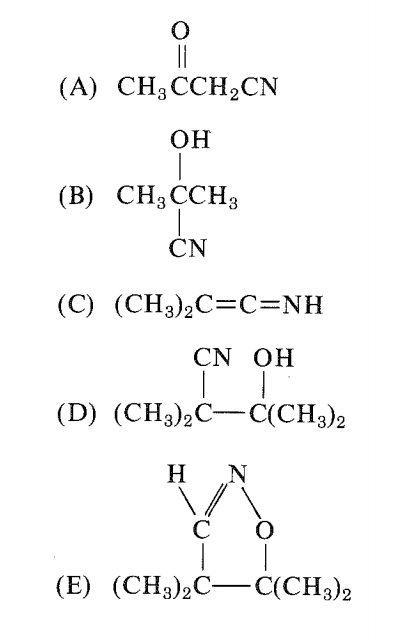The product that is formed is cyanohydrin.
Cyanohydrins can be formed by the cyanohydrin reaction, which involves
treating a ketone or an aldehyde with hydrogen cyanide ($\ce{HCN}$) in the
presence of excess amounts of sodium cyanide ($\ce{NaCN}$) as a catalyst:
$$\ce{RR’C=O + HCN → RR’C(OH)CN}$$
Since, the reactant is acetone both R and R' are $\ce{CH3 -}$ group.
In this reaction, the nucleophilic $\ce{CN^−}$ ion attacks
the electrophilic carbonyl carbon in the ketone, followed by
protonation by $\ce{HCN}$, thereby regenerating the cyanide anion.
Now, what is the function of catalyst sodium cyanide?
For successful cyanohydrin formation it is important to have free
cyanide ions available to react with the ketone or aldehyde. This can
be achieved by using a salt (e.g. $\ce{KCN}$ or $\ce{NaCN}$) or a silylated
(e.g. $\ce{Me3SiCN}$) form of cyanide under acidic conditions or by using $\ce{HCN}$
with some base added to produce the needed $\ce{CN^−}$ nucleophile.(Here)

